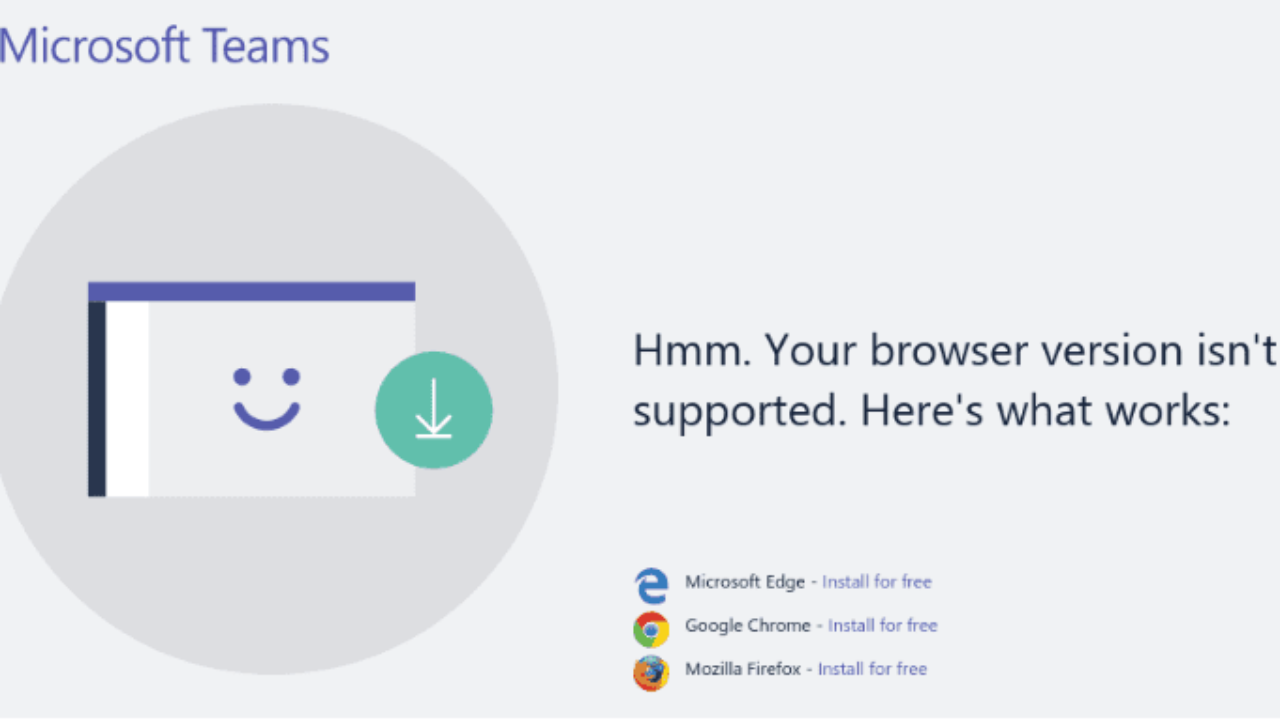The camera worked with windows apps, but not with any browsers, Google Meet, or Zoom. I solved this in the privacy settings. Go to windows permissions for the camera and make sure to 'Allow apps to access your camera' (for windows applications) AND 'Allow desktop apps to access your camera'. Microsoft's new Edge browser based off the open-source Chromium Project so far has had a great start with daily builds in the Canary ring, which then feed into the weekly release for the Dev. Google Meet is a video conferencing software that lets you stay connected with people from all over the world. The app is free to use and uses your Google ID to sign you in. Google Meet has few customization options when compared to the likes of Zoom and Skype. Join a Google Meet Meeting on your Windows PC. Sign me up Stay informed about special deals, the latest products, events, and more from Microsoft Store.
Earlier this month, Microsoft moved its Edge browser over to Chromium - A Google-based open-source browser platform that supplies the vast majority of the code for the company’s Chrome browser. Naturally, one would assume this meant better support for Google’s services. However, as per recent reports that might not entirely be the case.
One service, in particular, Google’s Meet - used for video conferences - throws up an error message when trying to access it from the edge browser. “Meet doesn’t work on your browser” reads the message and recommends you download Google Chrome or Mozilla’s Firefox. This is surprising because the Firefox browser doesn’t use the Chromium framework. Mozilla even derided Microsoft’s move to use Chromium in a lengthy blog post.
All is not lost though, there is a way to make Edge work with Meet again and it’s not as hard as you think.
- Open Edge and launch Developer Tools by pressing F12.
- Click on the three dots (…) on the top right corner of Developer Tools.
- Select More Tools>Network conditions.
- Find user-agent and uncheck “Select Automatically”.
- In the drop-down box, select “Chrome-Windows”
- Reload meet.google.com.

There! A simple tweak and we are good to go.
Do note that these steps are unique for the Edge browser based on the Chromium code if you want to try Microsoft’s new browser out for yourself, you can grab a copy here. If you want to know more about the new Edge browser, click here.Microsoft migrating from EdgeHTML to Chromium for its very own Microsoft Edge browser should basically convince Google it’s time to show some love for the Redmond-based software giant and actually support its efforts.
And while Google itself stepped in and helped the Chromium-based Microsoft Edge came to be, many believe the company still plays dirty occasionally.
Microsoft Edge And Google Search
And the most recent evidence, these people say, is the restriction that Google has put in place against the new Microsoft Edge browser on some of its services.
One of these services is Google Meet, which blocks users of Microsoft Edge preview to log in, with an error message prompting them to download a different browser.
“Meet doesn’t work on your browser. To join the video meeting install the current version of Google Chrome or Mozilla Firefox,” the error message reads before providing users with direct download links for the two browsers.
A less restrictive warning is displayed when accessing Google Docs with the new Microsoft Edge browser:
“The version of the browser you are using is no longer supported. Please upgrade to a supported browser,” this one reads.
However, in the case of Google Docs, you can simply ignore the warning and use the service with Microsoft Edge just fine.

Google says it’s not blocking Microsoft Edge, but rather not adding it to its whitelist until it reaches the stable development channel.
“We view the increased adoption of Chromium and WebRTC as positive for the entire Unified Communications industry,” a Google spokesperson explained. “With the recent release of developer previews for Edge, we are thrilled to be able to offer a new preview experience of Hangouts Meet, and we plan to officially support it once it becomes generally available.”
Fortunately, however, you can actually bypass Google’s restrictions quite easily, and it all comes down to changing the user agent in Microsoft Edge. In other words, you need to trick Google’s services believe you are using a different browser, like Google Chrome, which is already supported officially.
What you need to do is follow this path to change the user agent:
Microsoft Edge menu > More tools > Developer tools > More tools > Network conditions > User agent > Uncheck “Select automatically”
Chrome - Windows
As an alternative, you can turn to third-party extensions that take care of the whole thing for you, as it’s the case of User-Agent Switcher.
In this case, you need to install this extension, and then as your user agent, choose the following entry:
Google Meet In Microsoft Edge
Mozilla/5.0 (Windows NT 10.0; Win64; x64) AppleWebKit/537.36 (KHTML, like Gecko) Chrome/73.0.3683.86 Safari/537.36
Can You Use Google Meet On Microsoft Edge
Since Google says it would only add support for Microsoft Edge browser when the Chromium-based version is officially available for all devices, the restriction wouldn’t be lifted overnight, so you can turn to this trick at any point in the next few months.
Google Meet Microsoft Edge Extension
Microsoft hasn’t offered an ETA regarding the official launch date of the new browser, and the company is still hard at work to improve the existing preview versions. A few more details should be shared next month at the Build developer conference, and the software firm is also believed to be working on the finishing touches for the preview builds aimed at Windows 7 and macOS.
